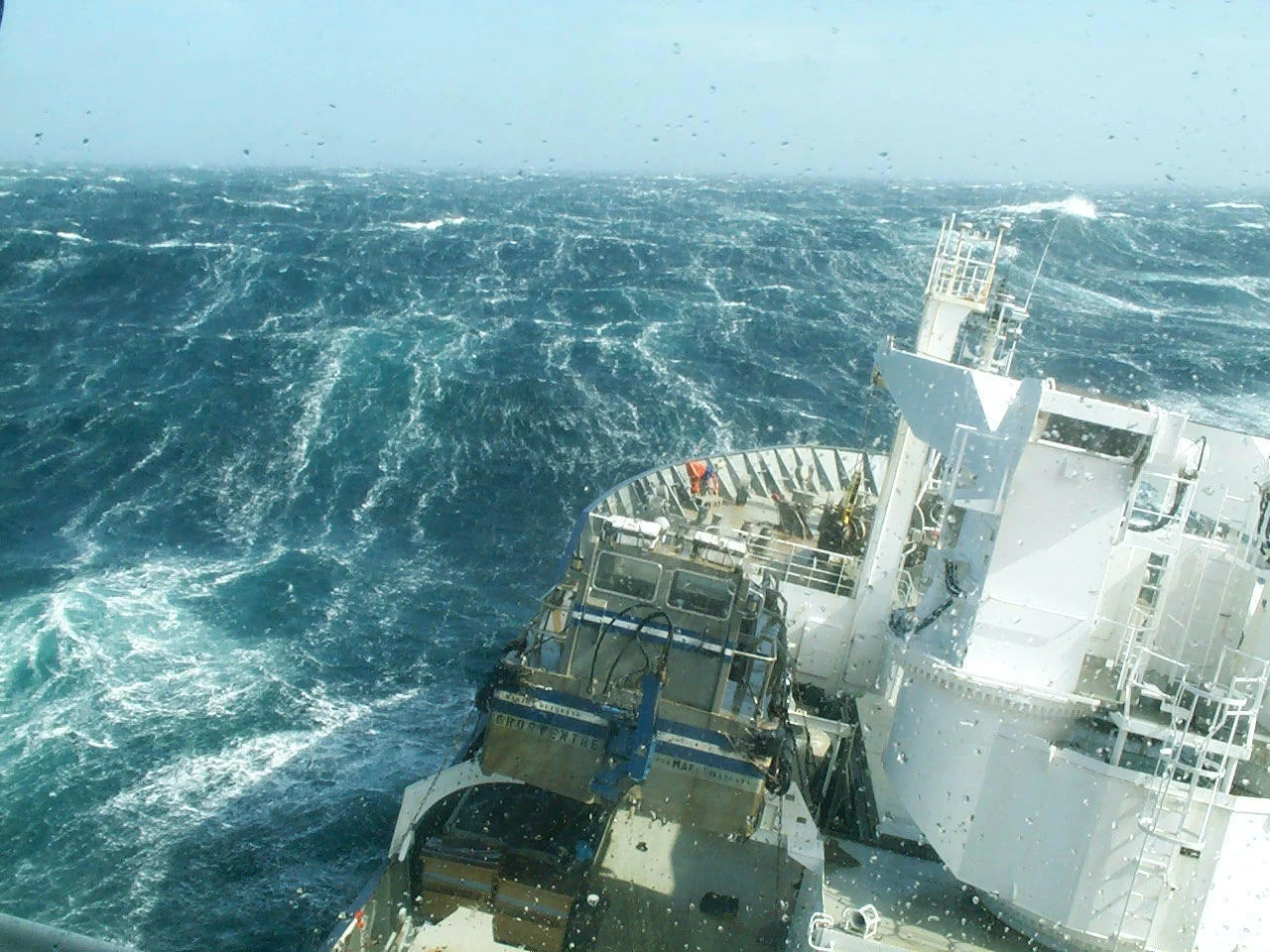
National Geographic expands world map with Southern Ocean inclusion
On June 8, National Geographic declared its recognition of the Southern Ocean as the world's fifth ocean.
What better way to celebrate World Oceans Day on June 8 than to add a fifth ocean to Earth's roster.
To mark the awareness day this year, word came from National Geographic that it was recognizing the Southern Ocean as the world's fifth ocean. It adds to the existing lineup of the Atlantic, Pacific, Indian and Arctic oceans, which National Geographic has been mapping since 1915.
SEE ALSO: Ocean warming off Antarctica could trigger rapid sea-level rise
Before the acknowledgment, there was a discussion among geographers on whether the waters surrounding Antarctica had enough distinctive characteristics to give them a new name, or whether they were just southernmost extensions of the Pacific, Atlantic, and Indian oceans.
“The Southern Ocean has long been recognized by scientists, but because there was never agreement internationally, we never officially recognized it,” said Alex Tait, National Geographic Society geographer, in the announcement.

Southern Ocean. (Colm Sweeney/CIRES and NOAA)
The U.S. Board on Geographic Names defines the Southern Ocean as a body of water extending from the Antarctica coast to the line of Latitude 60 degrees south. According to National Geographic, it has used the name since 1999.
As well, NOAA officially recognized the Southern Ocean as a separate body of water in February this year.
However, the Southern Ocean’s proposed boundaries have yet to be ratified by members of the International Hydrographic Organization (IHO).
According to National Geographic, the Southern Ocean is defined by a current, while the other four oceans are determined by the continents that "fence them in."

A research vessel plows through the waves in the Southern Ocean. (Nicolas Metzl, LOCEAN/IPSL Laboratory).
Scientists estimate the Antarctic Circumpolar Current (ACC) was set up approximately 34 million years ago, when Antarctica split from South America. The result was an unrestricted flow of water near the bottom of the Earth.
Thumbnail courtesy of Colm Sweeney/CIRES and NOAA.
Nathan Howes can be followed on Twitter: @HowesNathan.










